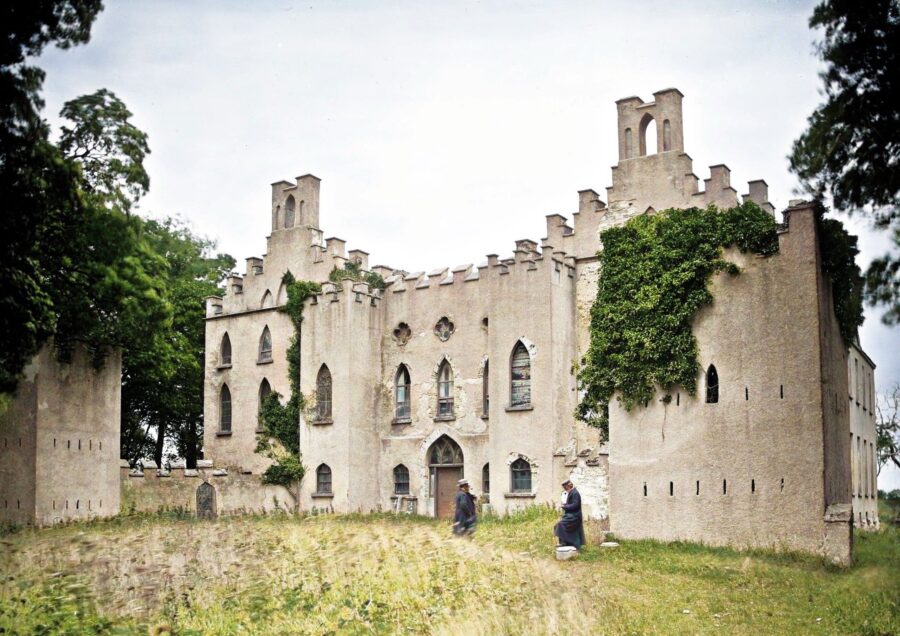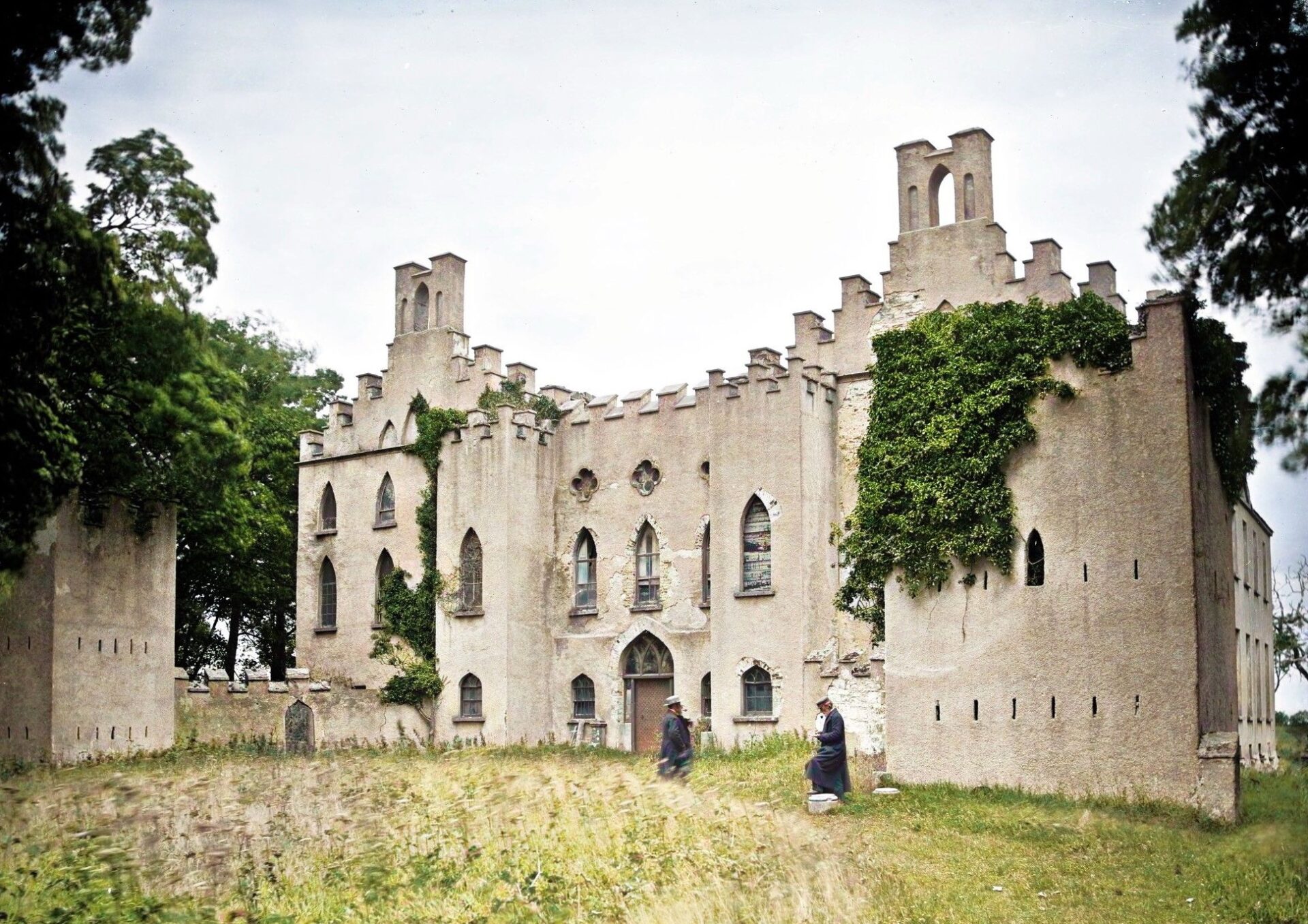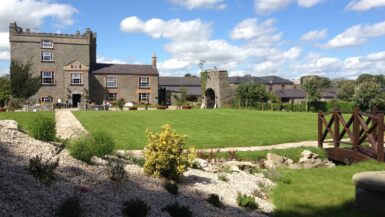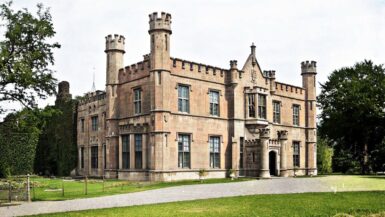Located in County Fermanagh, Northern Ireland, Castle Caldwell is a historical gem that stands as a testament to the rich history and heritage of the region. Set against the stunning backdrop of Lough Erne, Castle Caldwell has a captivating past that spans over four centuries. This article will provide an in-depth look at the history of this iconic structure, its inhabitants, and the important role it played in the local community.
The Early Years of Castle Caldwell: 1612-1630
Castle Caldwell was initially constructed during the Plantation of Ulster in the early 17th century. The plantation aimed to establish control over the province by settling English and Scottish colonists, ultimately leading to the construction of several fortified houses and castles.
In 1612, the lands around Lough Erne were granted to the Scottish nobleman James Balfour. He started the construction of Castle Caldwell, then known as Castle Haset (or Hasset), as a strategic fortification to protect his newly acquired lands. The castle was named after his family, the Hassets, and was built on the shores of Lower Lough Erne. The original structure was a rectangular, fortified tower house with thick stone walls, designed to withstand potential attacks.
The Caldwell Family and Their Legacy: 1630-1750
In 1630, the castle and surrounding lands were purchased by Sir James Caldwell, a Scottish planter and member of the Scottish Parliament. Sir James renamed the castle in honor of his family name and began an extensive renovation process to transform it into a more comfortable and luxurious residence.
Over the years, the Caldwells were a prominent family in Co. Fermanagh, making significant contributions to the local community. Sir James’s son, John Caldwell, became High Sheriff of Fermanagh in 1663 and further expanded the castle by adding a new wing, while his grandson, James Caldwell II, was also High Sheriff and later served as a Member of Parliament for the area.
During the 18th century, Castle Caldwell reached the height of its grandeur. It was enlarged and adorned with exquisite gardens, terraces, and ornamental statues, making it a symbol of wealth and prestige. The Caldwell family hosted lavish parties and gatherings, attracting notable figures from the local community and beyond. The castle’s library housed an extensive collection of books, reflecting the family’s interest in literature and the arts.
The Decline and Abandonment of Castle Caldwell: 1750-1900
Despite its opulence, Castle Caldwell’s fortunes began to decline in the mid-18th century. The death of James Caldwell II in 1750 marked the beginning of a slow decline for the family’s wealth and influence. His descendants found it increasingly difficult to maintain the castle’s vast grounds and expensive lifestyle.
By the 19th century, the castle had fallen into disrepair, and the Caldwell family could no longer afford to maintain it. In 1850, the estate was sold to the Bloomfield family, who made several unsuccessful attempts to restore the castle to its former glory. The castle was eventually abandoned, and its contents were sold at auction in 1903, marking the end of an era for this once-magnificent residence.
Castle Caldwell Today: A Rich Heritage Site
Today, Castle Caldwell is a captivating historical site that offers a unique glimpse into the past. Although the castle is in ruins, visitors can still appreciate the scale and architectural beauty of the structure. The castle’s grounds have been designated as a Forest Park, managed by the Northern Ireland Forest Service, and are open to the public year-round.
The park features walking trails that meander through the castle’s sprawling grounds, allowing visitors to explore the remains of the once-stunning gardens, terraces, and ornamental statues. The ruins of the castle provide an atmospheric setting for a leisurely stroll, with the enchanting backdrop of Lower Lough Erne adding to the experience.
As a protected heritage site, Castle Caldwell is not only a testament to the rich history of Co. Fermanagh but also a reminder of the importance of preserving our cultural and historical landmarks for future generations.
The Flora and Fauna Around Castle Caldwell
In addition to its historical significance, Castle Caldwell Forest Park is also a haven for diverse flora and fauna. The park’s woodlands, meadows, and wetlands provide a sanctuary for numerous plant and animal species. Birdwatchers can enjoy spotting a variety of birds, such as the great crested grebe, tufted duck, and reed bunting, while the park’s mature trees provide nesting sites for red squirrels and bats.
The park’s diverse plant life includes several rare and protected species, such as the narrow-leaved helleborine, an orchid native to the British Isles. The extensive network of trails offers ample opportunity to discover the park’s unique ecosystem, making Castle Caldwell an attractive destination for nature lovers and history enthusiasts alike.
In conclusion, Castle Caldwell stands as a testament to the rich history and heritage of Co. Fermanagh, Northern Ireland. From its origins as a fortified tower house during the Plantation of Ulster to its days as the opulent residence of the Caldwell family, the castle has borne witness to the region’s changing fortunes. Today, the ruins of Castle Caldwell offer visitors a unique insight into the past while providing a sanctuary for the region’s diverse flora and fauna. Exploring the castle and its surrounding park is a journey through time, uncovering the fascinating story of this iconic landmark.







HI there, please have you information on my ancestor (Bloomfield) who owns/did own Caldwell Castle.
Yours Fraternally Mr Colin Bloomfield